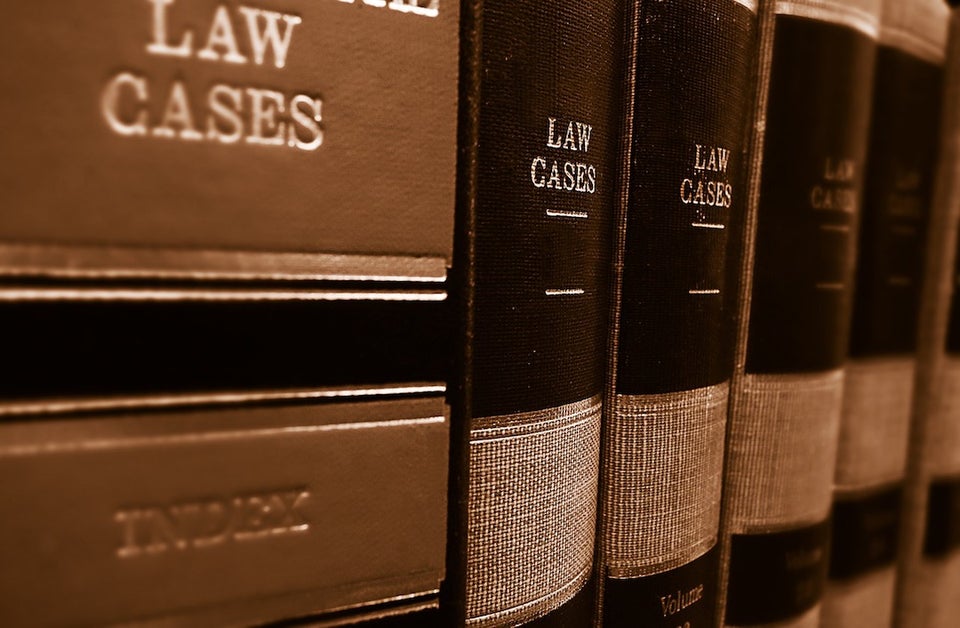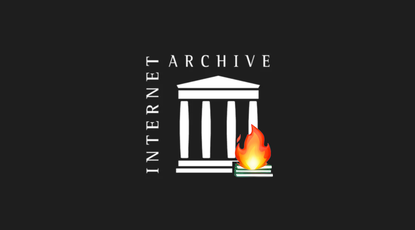Introduction
The legal industry is often cited as ripe for disruption and in the same breath criticized for being slow to embrace change. There has been significant research on this subject that suggests a bad mix of cultural and practical barriers that have historically impeded change.
One issue holding back change is that the legal profession is a highly regulated industry. Attorneys globally are subject to licensing requirements. After all, when getting help resolving a legal issue we want to know that the person we are trusting with our legal matter is properly licensed and has not been subject to disciplinary action. In addition, we expect an attorney to keep confidential information secret, in line with attorney-client privilege. Also, because regulators are seeking to protect the independence of attorneys, a whole range of other regulations (e.g. prohibition on fee-splitting) apply to the profession.
Potential uses of Blockchains in the legal industry include:
- Recording Value Exchange
- Writing and administering Smart Contracts
- Combining Smart Contracts to form a Decentralised Autonomous Organisation (DAO)
- Certifying proof of existence for certain data (for instance, providing a securely backed up Digital Identification)
We'll look at each of these in some more detail below.
Recording Value Exchange
A Blockchain is a decentralised database which chronologically and securely records transactions that (may) represent an exchange of value. These transactions can take place in Bitcoin or can represent value in other systems like Ethereum. Value provided might be a service, a product or even the execution of a smart contract.
In recent history, we've seen the uptake of Bitcoin and a large number of altcoins. Whilst a lot of the price movement of these tokens can be attributed to speculation, tokens are also used to exchange value and pay for goods and services. This means a couple of things for legal professionals:
- Lawyers may increasingly find themselves dealing with disputes involving tokens, rather than fiat or other more traditional assets.
- Legal professionals may be asked to accept payment for services provided in tokens. This might come in the form of bitcoin, another altcoin or even a legal industry-specific token.
Attorneys have to adhere to strict rules when handling client moneys. Make sure to check with your local bar association to verify compliance with local rules (in particular with regards to trust accounting) before accepting a payment in cryptocurrency.
Smart Contracts
A smart contract is a computer protocol intended to digitally facilitate, verify, or enforce the negotiation or performance of a contract. Smart contracts allow the performance of transactions without third parties. These transactions are trackable on the blockchain and irreversible. Smart contracts were first proposed by Nick Szabo in 1994.
Smart contracts enable parties to exchange money, property, shares, or anything of value in a transparent way while avoiding the services of a middleman. One way to think about smart contracts is by comparing then to vending machines. With smart contracts, you send bitcoin (or an altcoin) into the vending machine (i.e. the blockchain), which allows the contract to execute. For example, the contract could hold your cryptocurrency in escrow or automatically release it to a beneficiary if certain conditions are met. Often, smart contracts will require other parameters (e.g. information around the beneficiary of a transaction) to execute.
Not only can smart contracts define the rules and penalties around an agreement in their code, they also create the potential of automatically enforcing those obligations. Because smart contracts live on the blockchain, users of the contract can inspect the code and familiarize themselves with the rules, functions and limitations of the contract. A list of example smart contracts can be found at www.stateofthedapps.com
Decentralized Autonomous Organizations
A decentralized autonomous organization (DAO), sometimes also referred to as a decentralized autonomous corporation (DAC), is an organization that is run through rules encoded as computer programs called smart contracts. The precise legal status of this type of business organization is unclear, and is expected to evolve over the coming years. Decentralized autonomous organization (DAO) represents an innovative means for organization of a network of decentralized users for taking common decisions and engaging in smart contracts.
A DAO's financial transaction record and program rules are maintained on a blockchain. One well-known example of a decentralized autonomous organization was "The DAO", a DAO for venture capital funding. The DAO was launched with $150 million in crowdfunding in June 2016, implementing its smart contracts through Ethereum, and was immediately hacked and drained of US$50 million in cryptocurrency. This hack was reversed in the following weeks, and the money restored, via a hard fork of the Ethereum blockchain. This decentralized bailout was only possible because a majority of the miners (representing over 50% of the blockchain's hash rate) agreed to this hard fork.
Whilst DAO's create the possibility of a new form of corporate organization, many legal questions remain about these entities. DAO's are not necessarily a legal person in the traditional sense, but may represent a form of partnership or association in certain jurisdictions.
Jurisdiction represents a particular challenge in the context of DAO's. A DAO may be created without reference to a specific jurisdiction, but DAO's do not exist in a legal vacuum and may as a result be subject to (even conflicting) rules in various jurisdictions.
In addition, there are questions around registration (DAO's in themselves do not require registration with a government agency), liability (traditional rules around limitation of liability do not necessarily apply), governance, the right to engage in contracts, and many more legal questions that will need to be answered before DAO's can reach their full potential.
Proof of existence
Proof of Existence is the act of verifying the existence of digital files as of a specific time via timestamped transactions in the bitcoin blockchain. Proving the existence of data at a certain point in time can be very useful for attorneys and entrepreneurs. Timestamping data in an unalterable state while maintaining confidentiality is perfect for legal applications. Attorneys (or clients) can use it to prove the existence of many documents including a will, deed, power of attorney, health care directive, promissory note, satisfaction of a promissory note, and so on without disclosing the contents of the document.
A person can use the blockchain timestamp to prove that a document (like a will) they will be presenting to a court in the future is the same unaltered document that was presented to the blockchain at a prior point in time. An example of a service that provides Proof of Existence is proofofexistence.com









